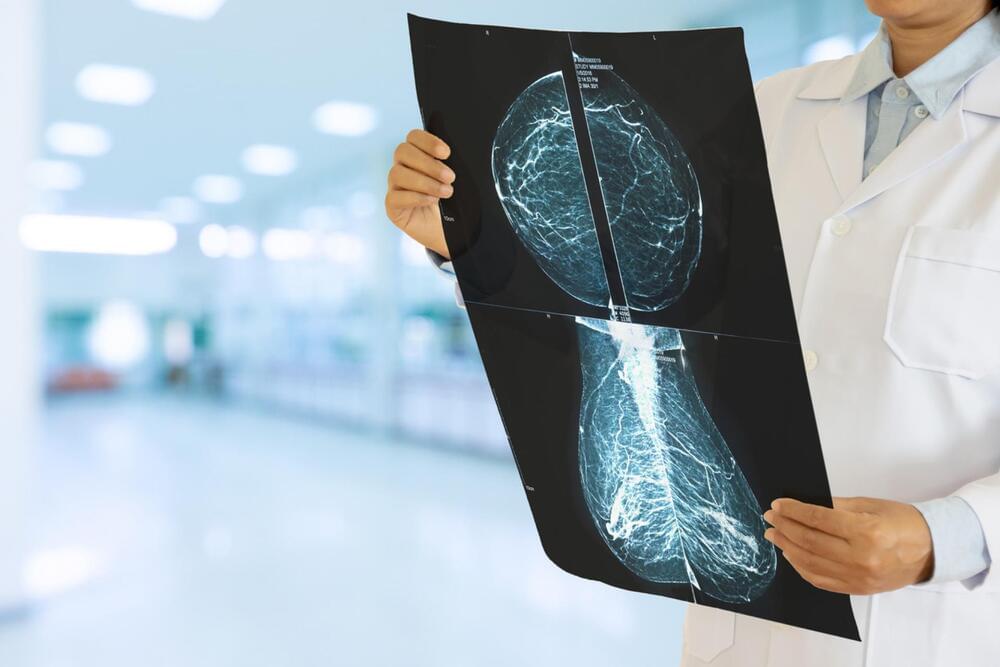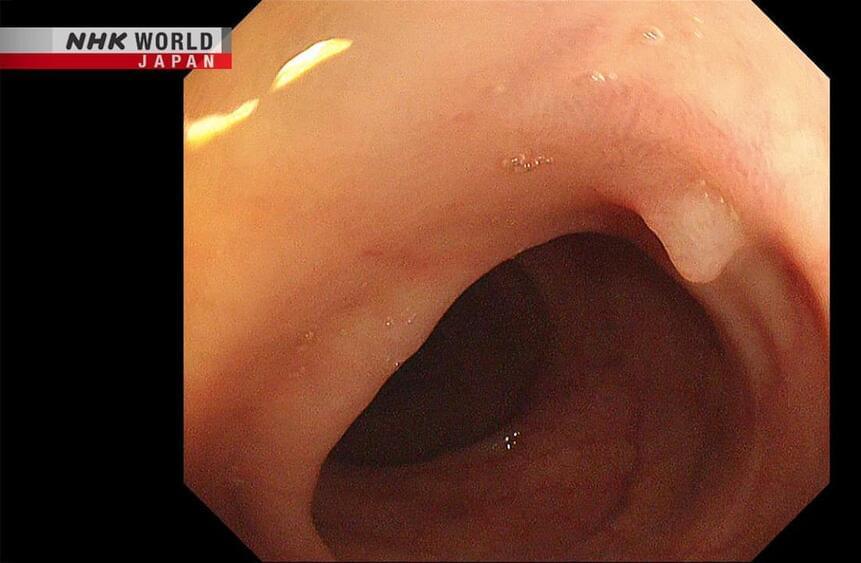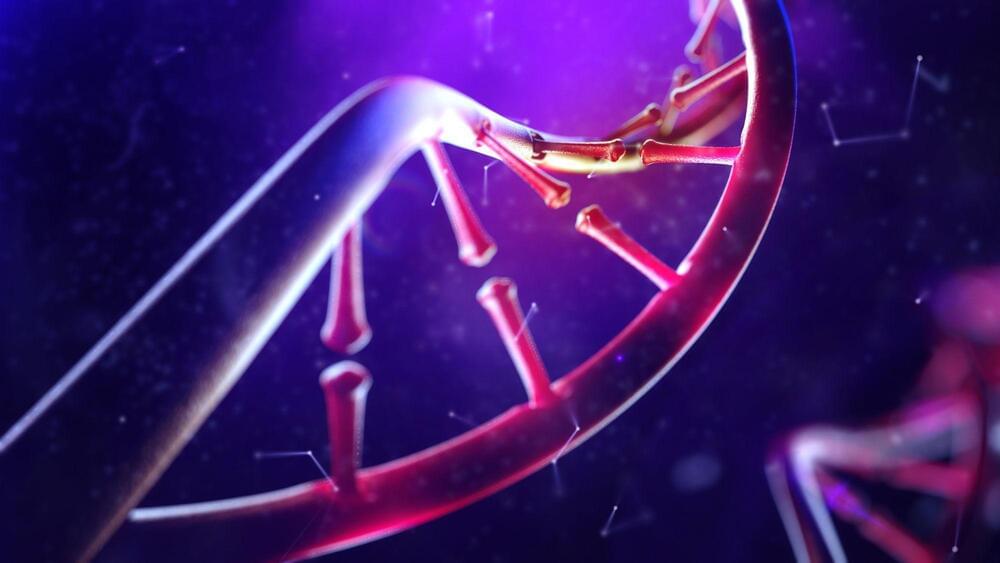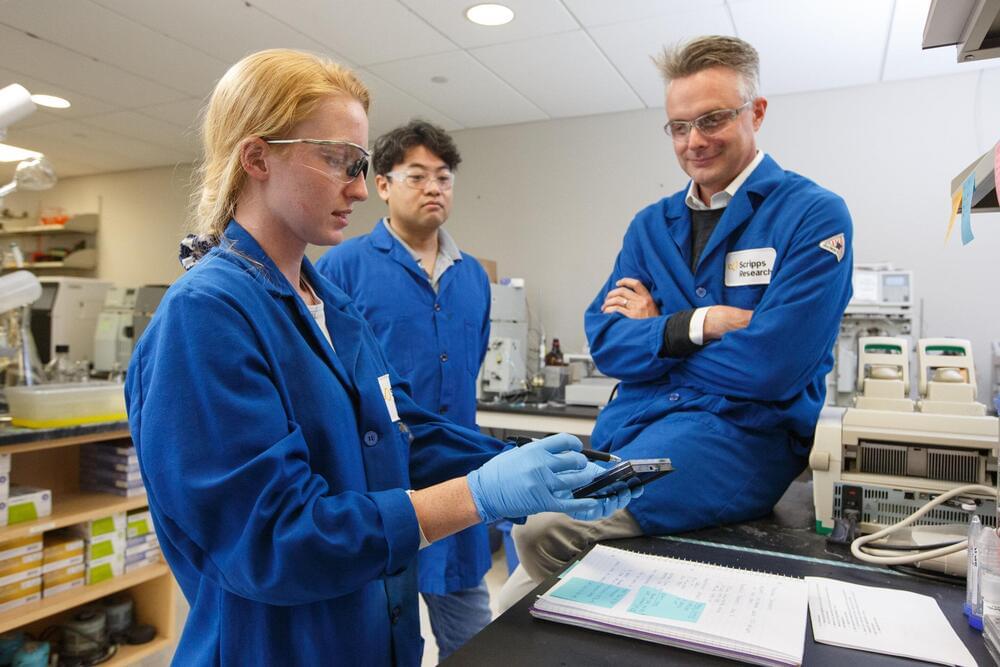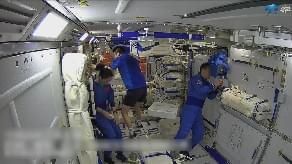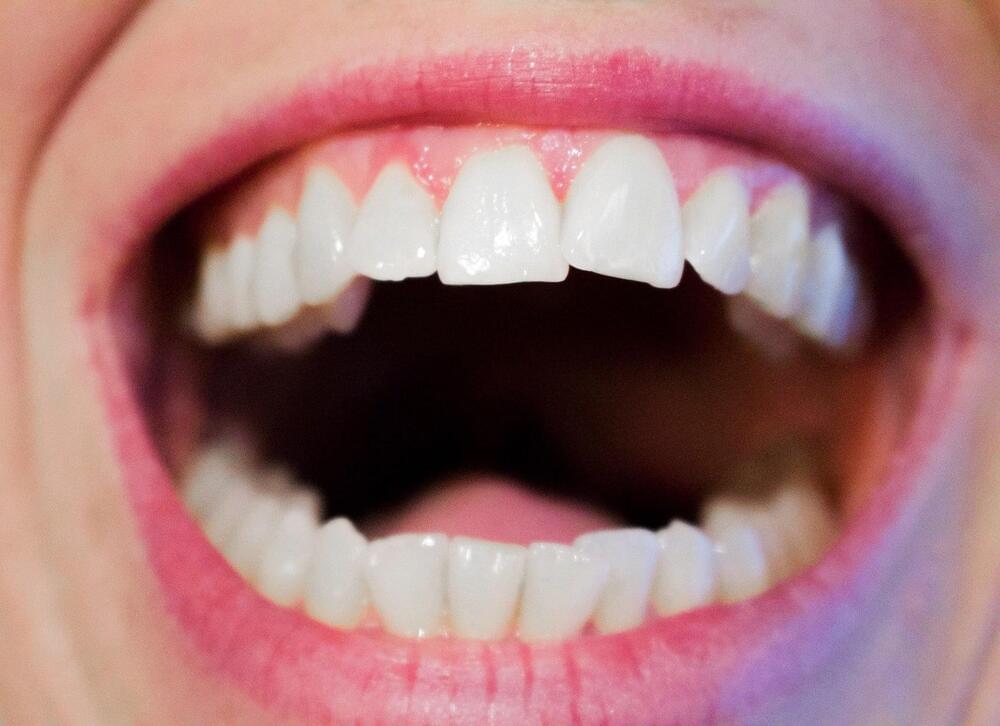It is the first ever commercial partnership between Google Health and the medical company iCAD.
Google recently announced that it licensed its AI research prototype to a medical company called iCAD. The AI research model can be used for breast cancer screening. iCAD is a company that creates innovative medical equipment for cancer detection.
ICAD made the announcement about the collaboration yesterday, Nov. 28, on its website.
It is the first time ever that Google Health has licensed this specific artificial intelligence technology in a commercial partnership for breast cancer screening and personalized risk assessment of the disease, to iCAD.
ChooChin/iStock iCAD made the announcement about the collaboration yesterday, Nov. 28, on its website.
